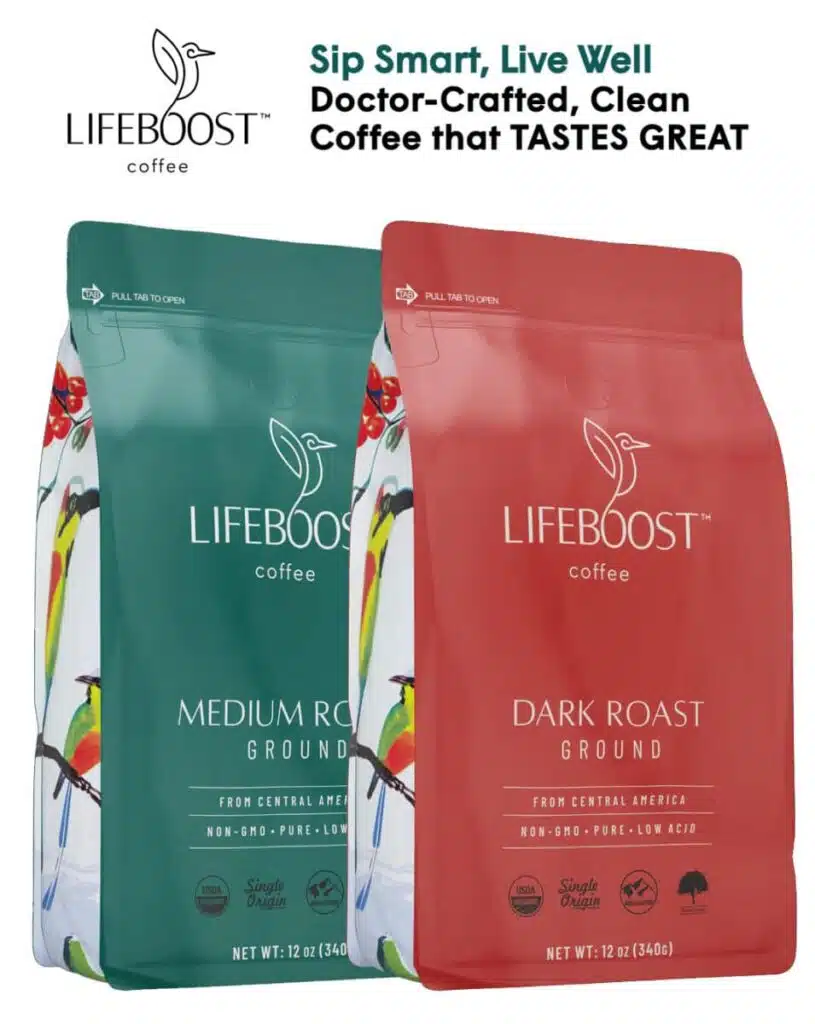Grinding coffee beans is a crucial step in brewing the perfect cup of coffee. By understanding the different types of coffee grinders and how grind size impacts flavor, you can enhance your coffee experience significantly. From coarse to fine grinds, each size interacts with the brewing process uniquely, yielding varying flavors and aromas. Moreover, adopting best practices for grinding coffee beans, including proper storage and avoiding common mistakes, can preserve freshness and elevate your daily ritual. Dive into the art of grinding to unlock the full potential of your coffee.
The Importance of Grinding Coffee Beans
Grinding coffee beans is a crucial step in brewing the perfect cup of coffee. The grind size directly influences the flavor, aroma, and even the body of your coffee. Here are some key reasons why you should prioritize grinding your own coffee beans:
- Fresher Flavor: Whole beans retain their essential oils and flavors much longer than pre-ground coffee. By grinding coffee beans right before brewing, you capture the freshest taste.
- Customization: Different brewing methods require different grind sizes. Whether you prefer French press, pour-over, or espresso, adjusting the coarseness or fineness of your grind can significantly enhance your coffee experience.
- Consistency: Using a burr grinder for grinding coffee beans ensures uniformity in size, leading to an even extraction during brewing. This prevents over-extraction, which can result in bitterness, or under-extraction, which may yield a sour taste.
- Aromatherapy: The aroma of freshly ground coffee beans can awaken your senses. The act of grinding releases essential oils, enhancing your overall experience even before that first sip.
In summary, grinding coffee beans not only preserves their freshness but also allows for customization according to personal preferences and brewing methods. A well-executed grind can truly elevate your daily coffee ritual.
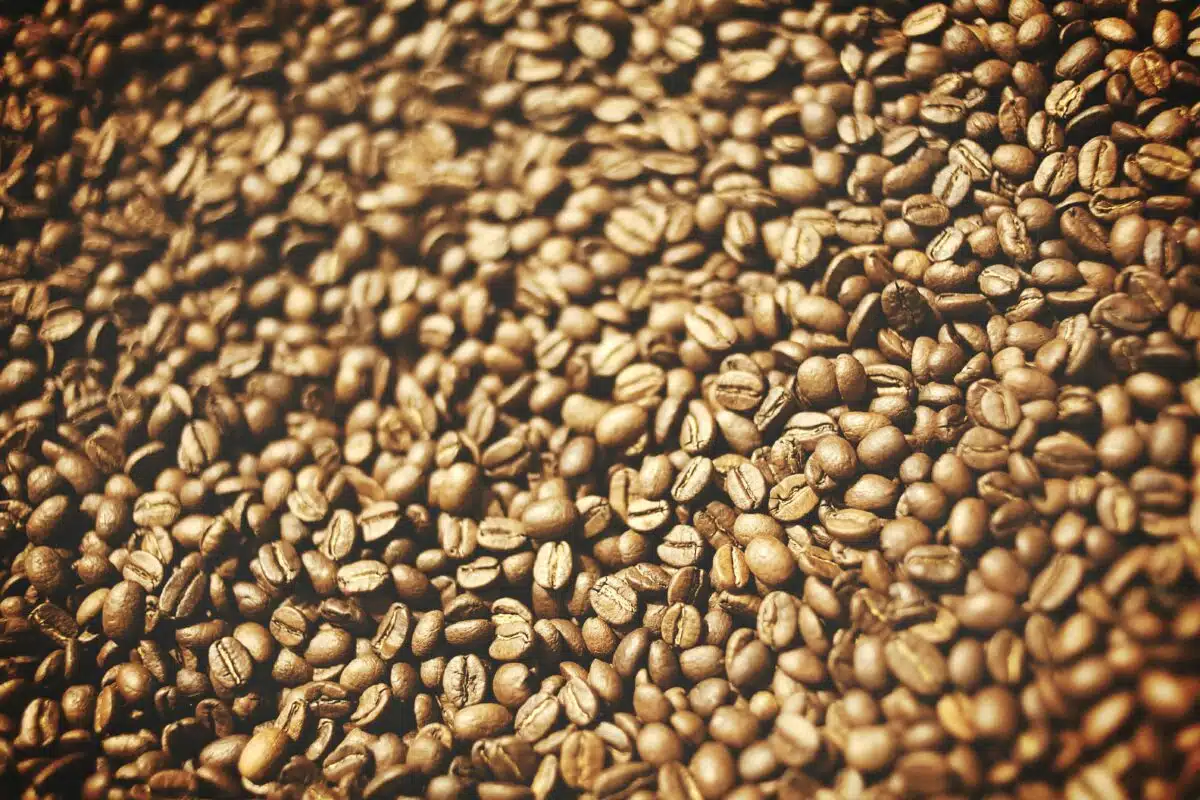
Different Types of Coffee Grinders
When considering grinding coffee beans, choosing the right grinder significantly influences your coffee experience. There are several types of coffee grinders, each with its unique advantages and disadvantages. Below are the main types:
1. Blade Grinders
- How They Work: Blade grinders feature a rotating blade that chops the coffee beans.
- Pros:
- Generally more affordable.
- Portable and easy to use.
- Cons:
- Inconsistent grind size, which can affect flavor.
- Heat generation may compromise coffee quality.
2. Burr Grinders
- How They Work: Burr grinders use two revolving surfaces to crush the beans.
- Pros:
- Produces uniform grind size.
- Better flavor extraction for various brew methods.
- Cons:
- More expensive than blade grinders.
- Bulkier and not as portable.
3. Manual Grinders
- How They Work: Manual grinders require hand-cranking to grind beans.
- Pros:
- No electricity needed, making them great for travel.
- Affordable with good grind consistency.
- Cons:
- Time-consuming.
- May require more physical effort.
Comparison Table
| Grinder Type | Consistency | Price | Portability |
|---|---|---|---|
| Blade Grinder | Low | Low | High |
| Burr Grinder | High | Medium-High | Medium |
| Manual Grinder | Medium | Low | High |
In conclusion, your choice among these grinders will depend on personal preferences and brewing methods, enhancing your journey of grinding coffee beans.
Coarse vs. Fine Grind: What’s the Difference?
When it comes to grinding coffee beans, the size of the grind significantly impacts the brewing process and ultimately the flavor of your coffee. Understanding the difference between coarse and fine grinds can help you brew the perfect cup.
Coarse Grind
- Texture: Similar to sea salt or breadcrumbs.
- Brewing Methods: Ideal for methods requiring longer steeping times, such as French press or cold brew.
- Extraction Time: Coarse grounds allow for slower extraction, resulting in a smoother, less bitter flavor.
Fine Grind
- Texture: Similar to powdered sugar or flour.
- Brewing Methods: Best for espresso machines or stovetop moka pots, which require quick extraction.
- Extraction Time: Fine grounds extract rapidly, emphasizing rich flavors but can become bitter if over-extracted.
Comparison Table
| Grind Size | Ideal Brewing Method | Flavor Profile | Extraction Speed |
|---|---|---|---|
| Coarse | French press, Cold brew | Smooth, Less Bitter | Slower |
| Fine | Espresso, Moka pot | Rich, Potentially Bitter | Faster |
In summary, when grinding coffee beans, choosing the right grind size is crucial for achieving the desired flavor. Both coarse and fine grinds have their specific uses, and knowing which to use can enhance your coffee experience significantly.
How Grind Size Affects Coffee Flavor
The grind size of coffee beans plays a crucial role in determining the taste and aroma of your brew. Essentially, the grind size influences the extraction process during brewing. Here’s how:
- Coarse Grind: Ideal for brewing methods like French press or cold brew. It allows for a slower extraction, producing a smoother and less bitter flavor.
- Medium Grind: Works well for drip coffee makers and pour-over methods. This size strikes a balance, facilitating a good extraction that enhances the coffee’s full-body flavors.
- Fine Grind: Necessary for espresso machines and Aeropresses. This smaller size increases the surface area, which intensifies flavor extraction – resulting in a richer and more concentrated brew.
Comparison of Grind Sizes and Brewing Methods
| Grind Size | Best Brewing Method | Flavor Profile |
|---|---|---|
| Coarse | French Press, Cold Brew | Smooth, light, low bitterness |
| Medium | Drip Coffee, Pour Over | Balanced, full-bodied flavors |
| Fine | Espresso, Aeropress | Strong, rich, concentrated taste |
In conclusion, the factor of grinding coffee beans is critical. The appropriate grind size enhances your coffee’s flavor profile and overall experience, so always choose the grind that best suits your brewing method for optimal enjoyment!
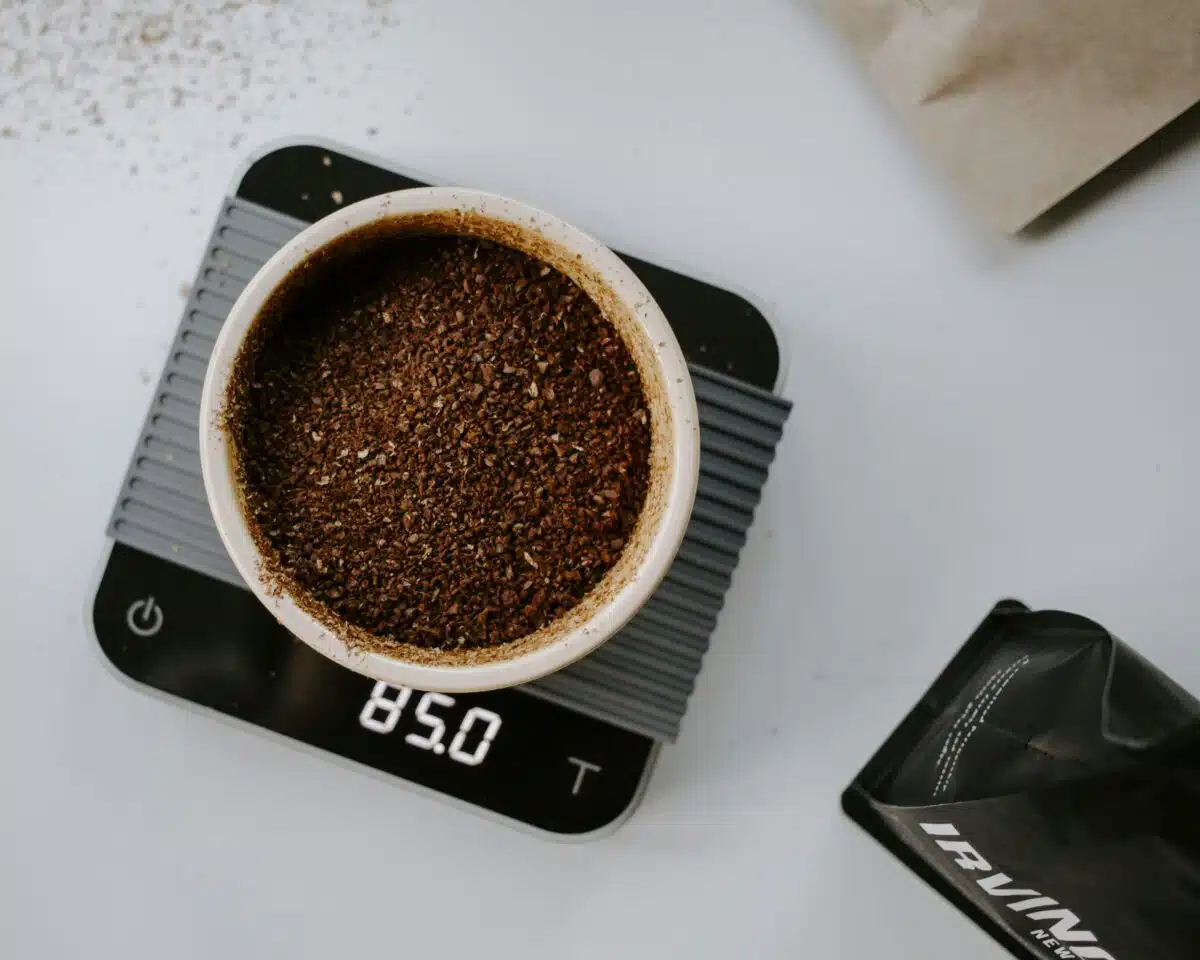
Best Practices for Grinding Coffee Beans
To achieve the perfect cup of coffee, it’s crucial to follow best practices when grinding coffee beans. Here are some tips to ensure you maximize flavor and freshness:
- Use Fresh Beans: Start with high-quality, freshly roasted coffee beans. The flavors in coffee degrade over time, so choose beans that have been roasted recently.
- Grind Just Before Brewing: Oxygen exposure causes coffee to lose its freshness and flavor. Therefore, grind coffee beans right before you brew to capture the best taste.
- Choose the Right Grind Size: Match your grind size to your brewing method. For example:
- Coarse Grind: Ideal for French press.
- Medium Grind: Perfect for drip coffee makers.
- Fine Grind: Best for espresso machines.
- Calibrate Your Grinder: If using an electric grinder, experiment with different settings. A consistent grind size leads to uniform extraction, improving the flavor profile.
- Use Quality Equipment: Invest in a good grinder. Burr grinders generally provide a more consistent grind compared to blade grinders, which can lead to uneven extraction.
- Clean Your Grinder Regularly: Old coffee residues can negatively impact the taste of your coffee. Make it a habit to clean your grinder to maintain quality.
By adhering to these best practices for grinding coffee beans, you’ll enhance your overall coffee experience and savor the rich flavors in every cup.
Tips for Fresh Coffee Grinding
To ensure a delightful cup of coffee, freshness is critical when grinding coffee beans. Here are some effective tips to maintain that freshness:
- Grind Just Before Brewing: Always grind coffee beans right before you brew. This maximizes flavor and aroma, as exposed coffee grounds quickly lose their freshness.
- Use the Right Amount: Measure the amount of coffee beans you need. A common ratio is 1:15 for coffee to water, but feel free to adjust according to your taste preferences.
- Choose the Right Grind Size: The grind size significantly influences extraction. For instance:
- Coarse Grind: Suitable for French press and cold brew.
- Medium Grind: Ideal for drip coffee makers.
- Fine Grind: Best for espresso machines.
- Keep Your Grinder Clean: Residue from previous grinds can affect taste. Regularly clean your grinder to avoid any stale flavors from lingering grounds.
- Store Coffee Beans Properly: Correctly store your coffee beans in an airtight container, away from sunlight and heat. Ideally, use them within two weeks of opening.
Applying these tips to your coffee grinding routine will enhance the quality of your brew. Remember, the key to a perfect cup lies in how you choose to grind your coffee beans!
Storing Ground Coffee: Keeping It Fresh
Properly storing your ground coffee is essential for preserving its flavor and aroma, which can diminish quickly if not stored correctly. Here are some efficient methods for keeping your coffee fresh:
- Air-tight containers: Use containers that seal tightly to prevent exposure to air. Glass jars with rubber seals or vacuum-sealed bags are excellent options.
- Cool temperature: Keep your ground coffee in a cool, dark place. Heat can accelerate the degradation of essential oils in the coffee, leading to stale flavors.
- Avoid moisture: Moisture is the enemy of fresh coffee. Store it away from humid areas, like kitchens, and never place it in the refrigerator, which can introduce condensation.
- Small batches: Only grind the amount of coffee you plan to use within a week or two. Grinding coffee beans fresh each time ensures maximum flavor and aroma.
Here’s a quick comparison of storage options:
| Storage Method | Pros | Cons |
|---|---|---|
| Glass jar | Aesthetic, easy to monitor contents | Prone to breakage |
| Vacuum-sealed bags | Excellent air barrier | Less visibility |
| Plastic containers | Durable, lightweight | Less effective at sealing |
By following these tips for storing ground coffee effectively, you can enjoy a consistently fresh cup, no matter how often you brew. Remember, grinding coffee beans right before use is always the best practice for optimal flavor!
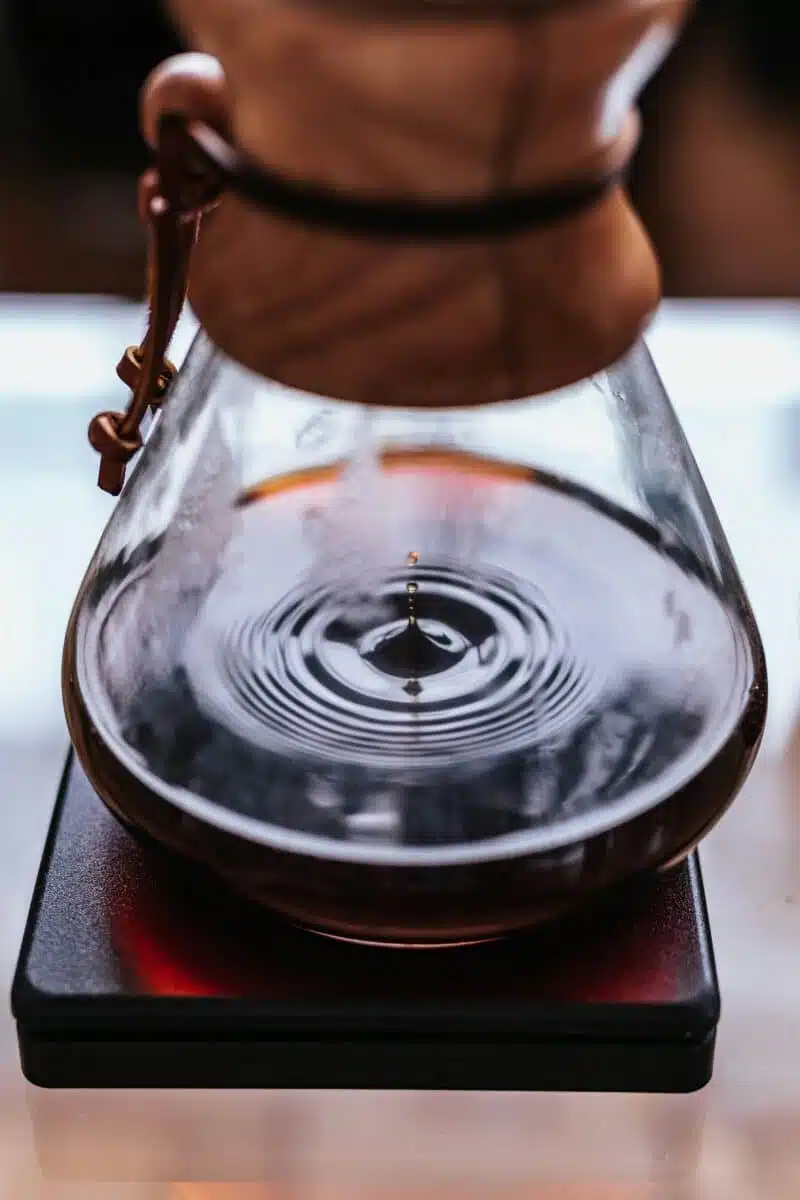
Common Mistakes When Grinding Coffee
Grinding coffee beans can elevate your brew, but several common mistakes can sabotage your efforts. Avoid these pitfalls to enjoy a consistently rich and flavorful cup of coffee.
1. Inconsistent Grind Size:
Using grinders that produce uneven particles can lead to uneven extraction. Aim for a uniform grind size, whether you prefer coarse or fine. For instance, a burr grinder ensures even grinds, while blade grinders tend to create a mix of sizes.
2. Over-Grinding or Under-Grinding:
Grinding coffee beans too finely can over-extract flavors and lead to bitterness, while too coarse may result in weak coffee. To strike a balance, consider the brewing method, as espresso requires fine grinds, whereas French press benefits from coarser coffee particles.
3. Ignoring Freshness:
Grinding coffee beans right before brewing is vital for a fresh taste. Pre-ground coffee loses its flavors rapidly, so always opt for freshly ground beans.
4. Not Cleaning Your Grinder:
Old coffee oils and residues can taint flavors. Regular cleaning of your grinder maintains the integrity of the coffee flavor.
5. Neglecting Grind Time Consistency:
Varying the duration of grinding can affect the particle size. Establish a consistent grinding time to ensure uniformity.
By being mindful of these mistakes, you can master the art of grinding coffee beans, ultimately enhancing your daily brew!
Electric vs. Manual Grinders: Pros and Cons
When it comes to grinding coffee beans, you might find yourself choosing between electric and manual grinders. Each type has its unique advantages and disadvantages based on your preferences and coffee habits.
Electric Grinders
Pros:
- Convenience: Electric grinders do the work quickly, allowing you to grind coffee beans effortlessly, especially for larger quantities.
- Consistency: They generally provide a uniform grind size, which is essential for optimal extraction.
- Variety: Many electric models come with different settings for grind size adjustment, catering to various brewing methods.
Cons:
- Cost: Typically, electric grinders are more expensive than their manual counterparts.
- Noise: They tend to be louder, which might be a concern for early risers.
- Dependence on power: An electric grinder requires a power source, limiting its portability.
Manual Grinders
Pros:
- Cost-Effective: Usually more affordable than electric models, making them accessible for budget-conscious coffee lovers.
- Portability: Ideal for travel or camping as they don’t rely on electricity.
- Control: Users have greater control over grind size, allowing for a more hands-on approach to grinding coffee beans.
Cons:
- Time-Consuming: Grinding beans manually takes more time and physical effort, especially for larger amounts.
- Inconsistency: Achieving a uniform grind may be challenging, particularly with less expensive models.
Ultimately, your choice will depend on how you prioritize convenience, budget, and control when grinding coffee beans.
How to Choose the Right Grinder for Your Needs
Choosing the right grinder for your coffee-making needs is essential to enjoy the perfect brew. Here are some factors to consider when selecting the best one for grinding coffee beans:
1. Types of Grinders
- Burr Grinders: Offer uniform grind size and superior flavor extraction.
- Blade Grinders: Generally more affordable but can produce inconsistent grind sizes.
2. Grind Size Adjustability
- Look for grinders that offer various grind settings.
- Coarse Grind: Best for French press or cold brew.
- Fine Grind: Ideal for espresso.
3. Capacity
- Decide on a grinder’s capacity based on your coffee consumption.
- A smaller capacity suits occasional drinkers, while larger models benefit regular users.
4. Ease of Use and Cleaning
- Select a grinder that is user-friendly and easy to clean.
- Removable parts can simplify maintenance, ensuring freshness in your grinding coffee beans process.
5. Price Point
- Set a budget. Remember, investing in a quality grinder enhances your overall coffee experience.
- Compare features across different price ranges to find the best value.
Comparison Table
| Feature | Burr Grinder | Blade Grinder |
|---|---|---|
| Grind Consistency | Excellent | Poor |
| Adjustability | Yes | No |
| Price Range | Higher | Lower |
| Ease of Use | Moderate | Easy |
By understanding these factors, you’ll be better equipped to choose a grinder that complements your coffee routine and elevates your experience grinding coffee beans.
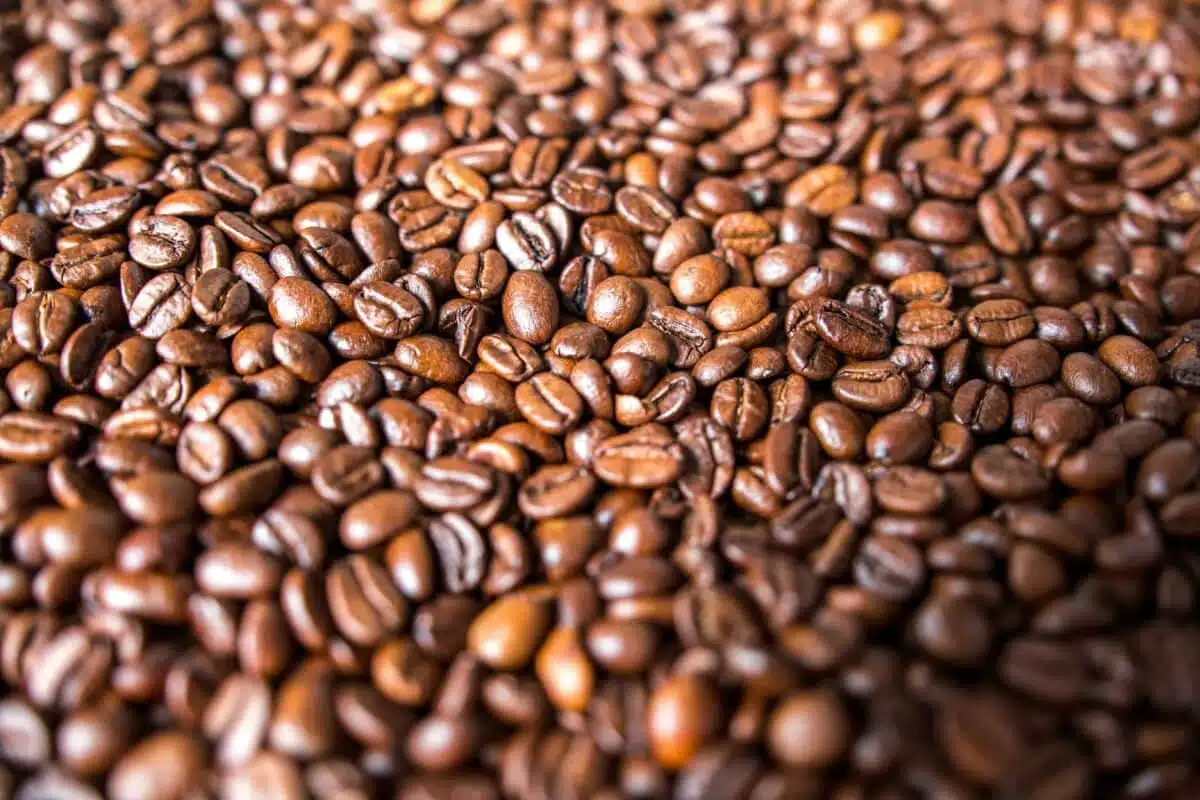
The Art of Grinding Coffee Beans
Mastering the art of grinding coffee beans can significantly elevate your coffee experience. While it may seem straightforward, achieving the perfect grind requires attention to detail and a bit of practice. Here are key aspects to consider:
- Understanding Grind Consistency: Different brewing methods demand specific grind sizes. For instance:
- Coarse Grind: Best for methods like French press, allowing for a slower extraction.
- Medium Grind: Ideal for drip coffee makers, providing a balanced extraction time.
- Fine Grind: Perfect for espresso machines, resulting in a quick and concentrated brew.
- Experiment with Brewing Techniques: Don’t hesitate to explore various brewing methods. Each method can bring out unique flavors depending on the grind size. Experiment to find your preferred style.
- Mind Your Technique: When grinding coffee beans, maintain a steady pace and amount of pressure. This consistency can impact the uniformity of the grind, affecting flavor extraction.
- Use Quality Equipment: A reliable coffee grinder plays a crucial role. Consider investing in a durable burr grinder that offers a range of grind settings for versatility.
In conclusion, the art of grinding coffee beans lies in understanding the nuances of grind sizes, brewing methods, and equipment. By taking the time to perfect your technique, you can savor a cup of coffee that truly satisfies.
Frequently Asked Questions
Why is it important to grind coffee beans just before brewing?
Grinding coffee beans right before brewing is crucial for maximizing freshness and flavor. Coffee beans start to lose their oils and aromatic compounds shortly after grinding due to exposure to oxygen. By grinding just before brewing, you preserve the essential oils that contribute to the coffee’s aroma and taste. This results in a more vibrant and flavorful cup of coffee, allowing you to fully appreciate its unique characteristics.
What are the different grind sizes for coffee, and how do they affect brewing?
Different grind sizes have a significant impact on the brewing process and flavor extraction. Coarse grinds are best for methods like French press, where a longer brewing time is used. Medium grinds work well for drip coffee makers and pour-over methods, providing a balanced extraction. Fine grinds are suited for espresso, requiring quick extraction due to high pressure. Understanding each grind’s role helps you choose the right size for your brewing method, leading to a better cup of coffee.
Can I use a regular blender to grind coffee beans?
While it is possible to use a regular blender to grind coffee beans, it may not achieve the same consistency as a dedicated coffee grinder. Blenders can produce uneven particle sizes, which can lead to inconsistent extraction and flavor in your coffee. A burr grinder is preferred for its ability to produce uniform grinds. However, if you only have a blender, pulse it in short bursts to minimize clumping and aim for as even a grind as possible.
How long should I grind coffee beans for optimal results?
The duration of grinding depends on your desired grind size and the method you are using. Generally, for coarse grinds, about 10-15 seconds is sufficient, while medium grinds may require 15-20 seconds. For fine grinds, 20-30 seconds is usually ideal. It’s essential to monitor the size as you grind, as over-grinding can lead to a bitter taste and fine particles which may clog brewing filters.
What are the benefits of using freshly ground coffee versus pre-ground coffee?
Freshly ground coffee offers numerous advantages over pre-ground options. The most notable benefit is enhanced flavor and aroma, as whole beans maintain their oils and freshness until ground. This results in a more vibrant and rich coffee experience. Additionally, grinding your own beans allows more control over the grind size, leading to better extraction and a custom brew tailored to your taste preferences, ensuring you enjoy the full potential of your coffee.

